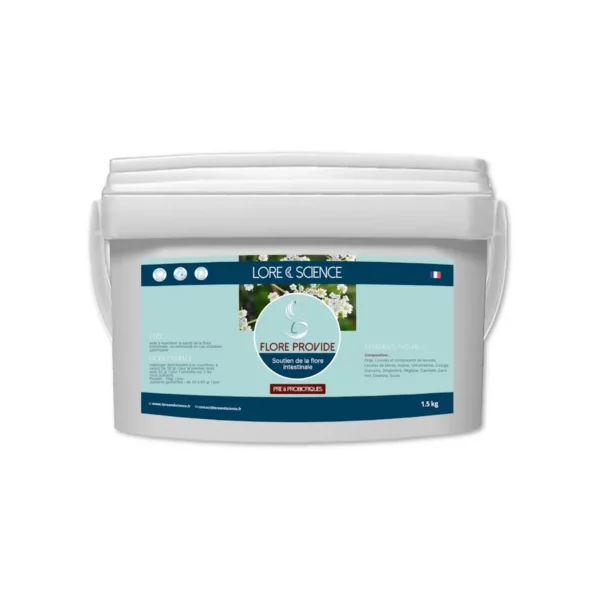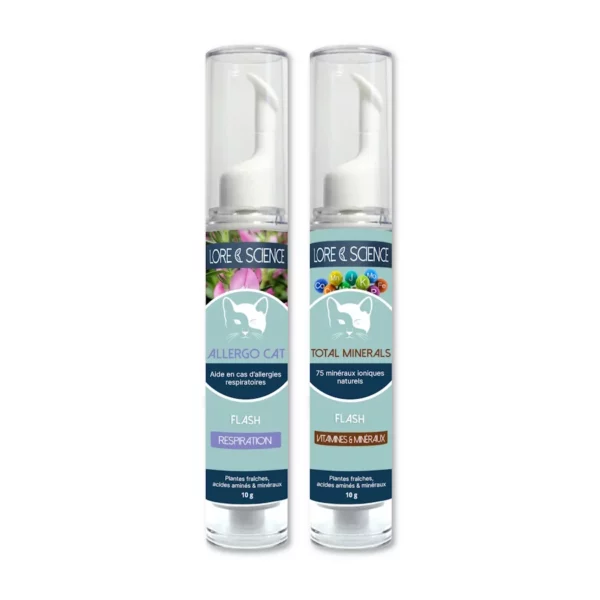Have you ever heard of osteopathy or animal massage? These practices are gaining in popularity and attracting growing interest from pet owners and veterinary professionals alike. These complementary disciplines offer natural, holistic solutions to improve the health and well-being of our four-legged companions. Lore & Science tells you all about these professions whose aim is the comfort of our four-legged companions.
What is an animal osteopath?
Animal osteopathy is a manual therapeutic approach aimed at restoring balance and mobility to the body structures of animals. It emerged in the early 20th century, inspired by human osteopathy founded by Dr. Andrew Taylor Still.
This discipline considers the body as a whole, focusing on the interactions between muscles, bones, ligaments, joints and organs. The animal osteopath uses gentle manipulative techniques to treat a variety of musculoskeletal, visceral and cranial disorders in animals. She can relieve pain, improve mobility and promote self-healing in horses, dogs or even cats. Targeted manipulations restore optimal range of motion, which is essential for aging animals, those with injuries or chronic illnesses.
What training do animal osteopaths have?
You can't improvise yourself as an osteopath, whether for animals or for human beings. That's why animal osteopaths must undergo 5 years of specialized training, combining sound theoretical knowledge with rigorous practical skills. This training always encompasses a number of fundamental aspects: a thorough understanding of animal anatomy and physiology, as well as a mastery of the anatomical structures and physiological systems that govern the animal body.
In addition to the theoretical aspect, training courses also include a significant practical component, essential for the future application of knowledge with animals. Future animal osteopaths learn to perform a variety of articular, visceral and craniosacral manipulations, in order to effectively treat dysfunctions and improve the mobility of animals. Learning these techniques demands precision and delicacy, as each manipulation must be adapted to the animal and its state of health. Theory and practice combine to enable osteopaths to make the right diagnosis. Indeed, students are trained to assess animals with discernment and to identify musculoskeletal dysfunctions.
Last but not least, animal osteopaths receive training in professional ethics and deontology. It can never be repeated enough, but future osteopaths must understand their legal and ethical responsibilities, and adhere to high standards of professional practice. As a reminder, since 2017, animal osteopathy can be practiced by non-veterinary osteopaths as long as they can justify skills defined by decree and are registered on a list maintained by the regional veterinary order.
Animal massage: a holistic approach to well-being
Animal massage has its origins in human massage practices, but has been adapted to meet the specific needs of animals. The practice uses stroking, friction, tapping and kneading techniques to improve blood circulation, reduce stress and promote soft-tissue healing in animals. Oriented towards the animal's physical and emotional well-being , animal massage is part of a holistic approach to the well-being of our four-legged companions. Its aim is not medical, but rather daily comfort throughout the life of dogs, cats or even horses.
What does an animal masseur do?
Animal masseur, animal massage practitioner... these names cover the same practices. These people specialize in the application of therapeutic massage techniques on animals to promote their well-being and relaxation. Their practices include a wide variety of methods well known for their application and benefits in humans: Swedish massage, reflexology, shiatsu, etc. The aim is to apply these methods to relieve muscular tension, improve blood and lymph circulation, and reduce stress and anxiety in animals.
For example, an animal masseur can intervene to help a working dog suffering from muscular overwork, or to soothe a nervous horse before a competition. However, it's crucial to note that an animal masseur's expertise in no way replaces that of a veterinarian. For any serious or persistent health problem, veterinary diagnosis and treatment remain indispensable. Animal massage is above all a complementary practice, designed to enhance the comfort and quality of life of animals in convalescence, rehabilitation or simply in search of relaxation.
Animal massage training and regulations
Unlike osteopathy, animal massage is not governed by specific laws. As a result, masseurs are not allowed to claim to be osteopaths or veterinarians, since they are practicing a completely different profession. However, anyone wishing to become a professional masseur must comply with current animal welfare legislation.
As far as training courses are concerned, there are several available, covering a variety of methods. Generally speaking, they coveranatomy and physiology, essential for applying the right massage techniques to your target animals. Practice also plays an important role, so as to acquire the right gestures and dexterity needed to apply the knowledge and methods used.
Conclusion
As you can see, osteopathy and animal massage are enriching and essential professions that contribute greatly to the well-being of animals. These holistic practices, based on manual techniques and a deep understanding of animal anatomy and physiology, offer natural solutions to improve the health and quality of life of animals. Increasingly democratized, these professions aim to improve the day-to-day comfort of our precious pets, and their development shows the growing interest of owners in these methods.
Share your experience or questions with us in the comments ↓














